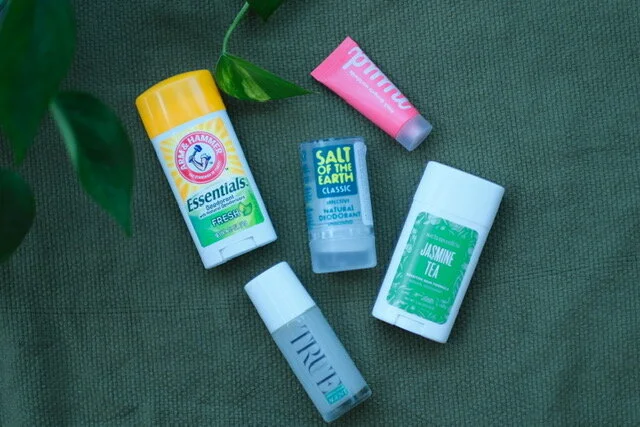The natural deodorant category is booming and we’re so excited about all the fantastic options out there. But what’s really the difference between natural and conventional deodorant? Why is natural deodorant advertised with “Doesn’t contain aluminum”?
Read MoreAshwaganda is marketed as the stress busting herb, but it has an incredible array or benefits associated to it - some more researched, some much less so.
Read MoreOh look, there’s 15 feet of different forms of magnesium at the store? Cool cool. So, which one should I pick? Let’s get into it! We’ll cover the mainstream forms of magnesium that are readily available to consumers, and what magnesium actually does in the body.
Read MoreYou know the circadian rhythm, or sleep-wake cycle, but an emerging area of study is developing around the infradian rhythm, in reference to the menstrual cycle. Read on to find out the optimal way to eat, exercise and time manage to maximize your cycle.
Read MoreThe California Environmental Protection Agency’s Office of Environmental Health and Hazard Assessment, or OEHHA, said March 19th, 2021 that PFOA “meets the criteria for listing as known to the state to cause cancer under Proposition 65”.
This is fantastic news for anyone who likes to drink water in the United States!
Read MorePVC, or polyvinyl chloride, is a plastic used in an exhausting list of products like water pipes, toys, tape, artificial Christmas trees, plastic wrap, drinking straws, food packaging, medication packaging, IV bags and tubes, credit cards, shower curtains, clear shoe heels, and synthetic patent leather, to name a few. This is all fine and well, except that vinyl chloride is a known human carcinogen.
Read MoreFormaldehyde. A colorless, flammable gas with a strong odor. For many people the first thing that comes to mind when you hear the word “formaldehyde” is the strong odor of nail polish. But you might not be aware of just how common formaldehyde donors, also known as formaldehyde releasers, are in your everyday life.
Read MorePhthalates are esters of phthalic acid, commonly referred to as plasticizers. They’re used to increase the durability and flexibility of plastics. They’re also found in a myriad of products the average person comes into contact with on a daily basis, such as wallpapers, vinyl flooring, food packaging, pharmaceuticals, plastic coated clothing, detergent, dish soap, shampoo, hairspray, makeup, and toys.
Read MoreThe smell of a freshly blown out candle is familiar to many, signaling the end of a cozy night curled up on the couch. It’s very disappointing then to learn that there are options even in the innocuous world of candles that are toxic.
Read More








